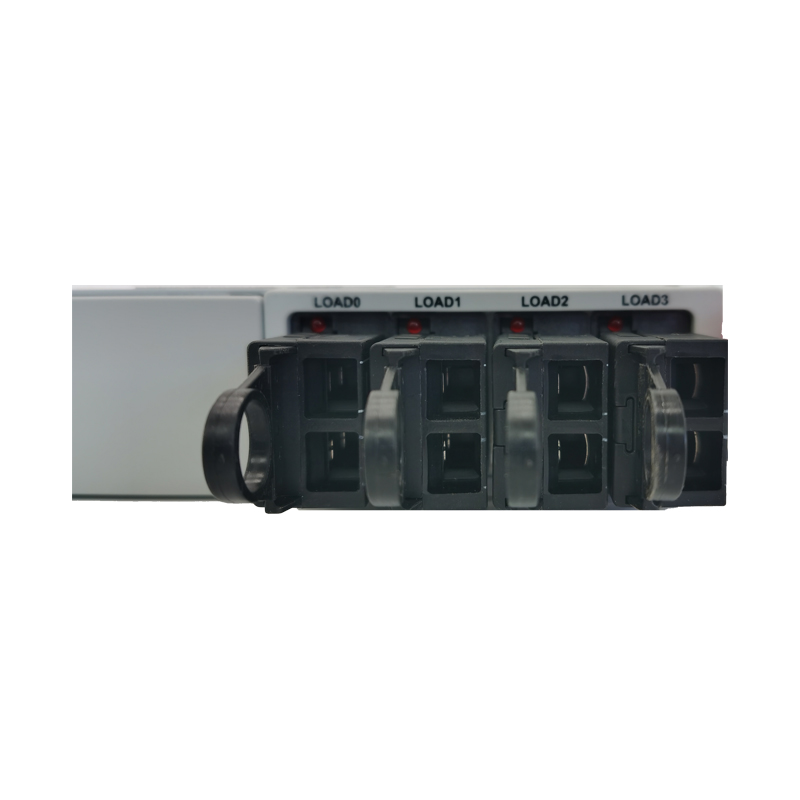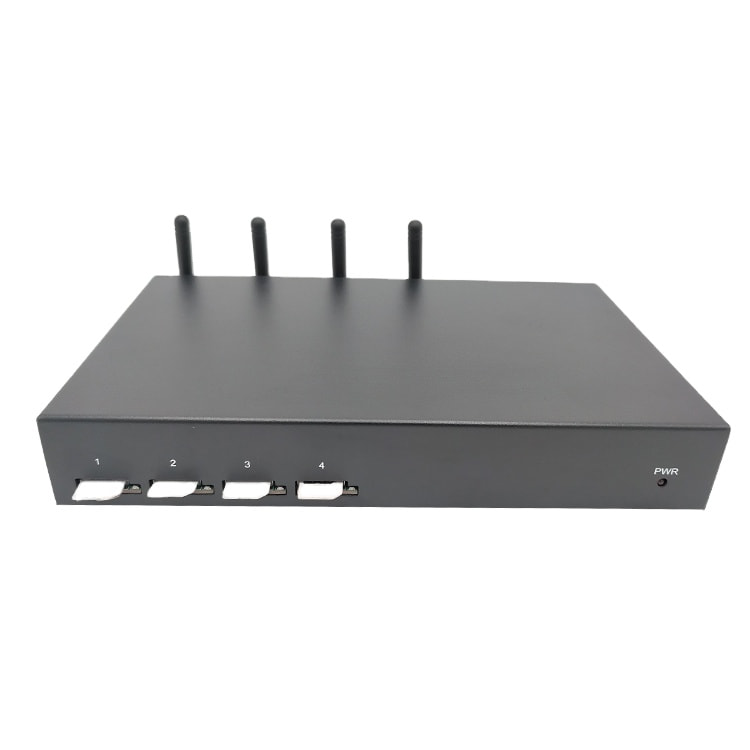How Does Tesla's Autonomous Driving System Work?
Aug. 19, 2024
Link to HUAXUN
Tesla's Autonomous Driving System has garnered significant attention for its groundbreaking technology and ambitious vision. As both a pioneer in electric vehicles and an innovator in self-driving technology, Tesla has made waves in how we think about transportation. But how exactly does this intricate system work? Let’s delve into the core components and functionalities of Tesla’s autonomous driving system to shed light on this fascinating topic.
Understanding the Levels of Autonomy
To appreciate Tesla's approach to autonomous driving, it’s essential to understand the different levels of vehicle automation defined by the SAE (Society of Automotive Engineers). These levels range from 0 (no automation) to level 5 (full automation). Tesla currently focuses on level 2 to level 3 capabilities with its Autopilot and Full Self-Driving (FSD) features, which means that while the vehicle can assist with driving tasks, human supervision is still required.
The Hardware Behind Tesla's System
At the heart of Tesla’s autonomous capabilities is the hardware suite installed in all its vehicles. This includes a range of sensors—cameras, radar, and ultrasonic sensors—working in tandem to perceive the environment. Specifically, Tesla vehicles are equipped with:
- Cameras: Eight surround cameras provide 360-degree visibility, detecting lane markings, traffic signs, and other vehicles.
- Radar: A forward-facing radar helps in detecting objects beyond the line of sight, particularly in poor visibility conditions.
- Ultrasonic Sensors: These sensors aid in detecting nearby objects to assist with parking and close maneuvers.
This multifaceted hardware system creates a "data-rich" environment that feeds crucial information to the vehicle's onboard computer.
The Tesla Chip and Neural Networks
What sets Tesla apart from many competitors is its custom-designed hardware—the Tesla Full Self-Driving computer. Compared to traditional automotive computers, Tesla’s chip is optimized for artificial intelligence and machine learning tasks. It processes vast amounts of data from the vehicle's sensors almost instantaneously.
Tesla leans heavily on neural networks to interpret and act upon this data. Neural networks mimic the human brain's ability to recognize patterns, making it possible for the vehicle to identify pedestrians, recognize traffic signals, and navigate complex environments with minimal human intervention.
Real-Time Data Processing
One of the essential features of Tesla’s autonomous driving system is its ability to learn and adapt in real time. The vehicles are constantly gathering data, which is then used to enhance their driving algorithms. This data is enriched further by the vast network of Tesla vehicles on the road. Each car contributes to a shared understanding of driving conditions, traffic patterns, and more.
Additional reading:What is the pin code for Eltek?
Mastering Your PMU Module: A Comprehensive Guide
Is Huawei Dorado any good?
Why OceanStor Dorado 6000 V6 is Revolutionary?
Is Huawei OceanStor 5300 V5 Revolutionizing Storage?
Ultimate Guide: Solving UPS & APS Hot Topics
How to Choose the Best 2kw Rectifier
This feedback loop not only improves individual cars but uplifts the entire fleet, enabling Tesla to develop safer and more efficient driving behaviors across its models. Each update sent over-the-air allows the cars to evolve continually, making them smarter over time.
Safety Measures and Regulations
Safety is paramount when it comes to autonomous driving, and Tesla is no exception. The company emphasizes that while its cars can assist in driving, they are not designed to be fully autonomous at the present moment. Tesla’s Autopilot, for example, is equipped with features like Traffic Aware Cruise Control, Autosteer, and lane change assistance.
However, the system requires the driver to remain attentive and ready to take control at any moment. Moreover, Tesla constantly updates its software to address potential safety concerns and improves existing features, ensuring compliance with evolving regulations.
The Future of Tesla's Autonomous Driving
Looking ahead, Tesla continues to pursue level 5 autonomy—a scenario where the car can operate independently with no human input. CEO Elon Musk has publicly stated his vision for a future where an entire fleet of Tesla vehicles will be able to transport passengers seamlessly from point A to point B without a human driver.
Yet, achieving this level of autonomy remains a challenge that necessitates significant advancements in technology as well as rigorous testing and regulatory approval. For now, Tesla seems well-positioned, leveraging its unique data aggregation approach to refine its algorithms continuously. Its growing fleet and the wealth of data it generates will be instrumental in reaching this ambitious goal.
Conclusion
Tesla’s autonomous driving system embodies a mix of sophisticated hardware, innovative software, and real-time learning capabilities. While we’re not yet at a point where cars can drive themselves completely, Tesla’s trajectory suggests a promising future for self-driving technology. As the company continues to evolve, the landscape of how we interact with vehicles is set to change dramatically, redefining transportation as we know it.
You can find more information on our web, so please take a look.
Are you interested in learning more about Nokia ASIB Baseband Board solution? Contact us today to secure an expert consultation!
Additional reading:1. Huawei Data Storage: Cloud vs. On-Premise Solutions2. 5 Reasons Why Huawei Data Storage Outperforms Competitors3. The Secret Behind Huawei Data Storage’s Rapid Expansion4. How to Maximize Efficienc
How does Huawei OceanStor 2600 V3 work?
4 Tips for Choosing a Liebert CRV4
10 Questions You Should Know about Dorado 6000 V3
The Benefits of Using Huawei Dorado 3000
10 Questions You Should Know about Dorado 8000 V6
How Does iPhone 13 Pro Work?
48
0
0










Comments
All Comments (0)